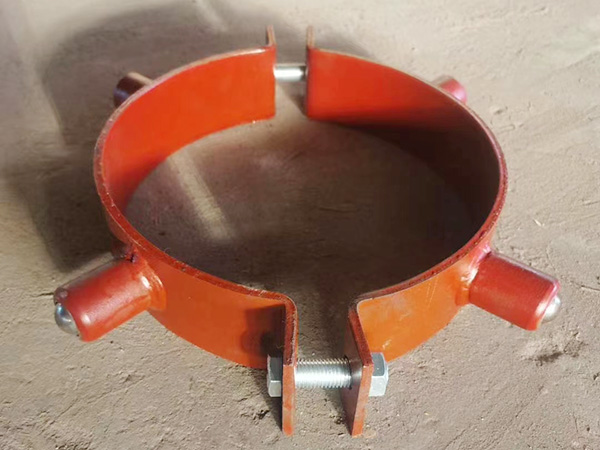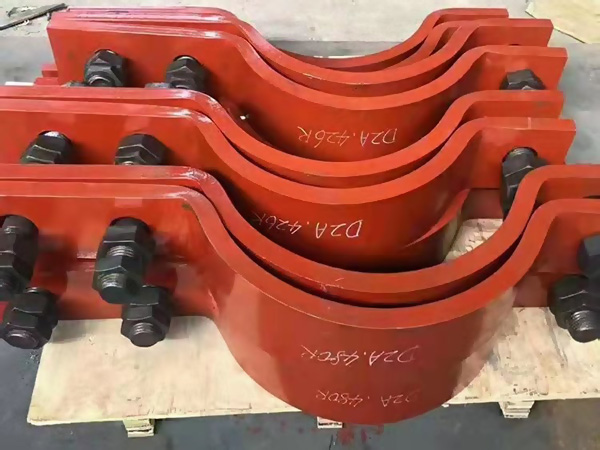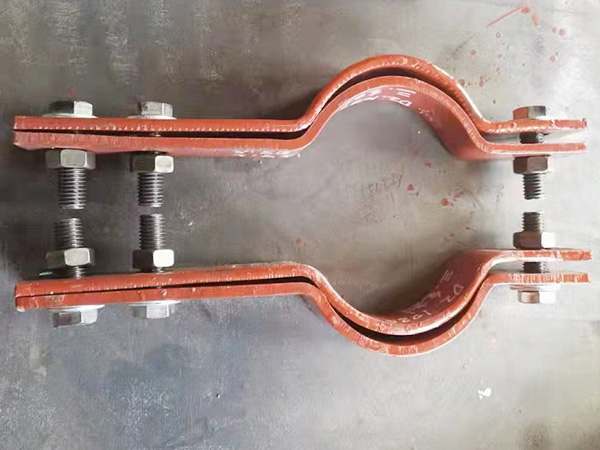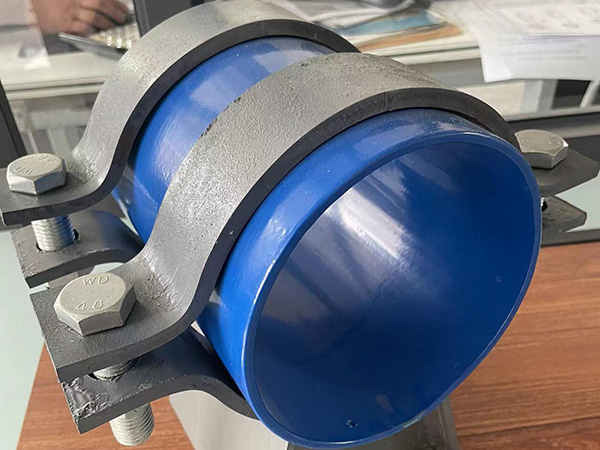Flange Loosening and Fatigue Issues in Vibrating Environments
Author:Mingde Time:2025-04-29 00:40:20 Click:56
In many industrial applications—such as power generation, automotive systems, petrochemical plants, and machinery with rotating or reciprocating components—flanged joints are exposed to continuous vibration. This environment presents two major risks for flanges: loosening of the connection and fatigue failure. If not properly addressed, these issues can lead to leaks, downtime, and even safety hazards.
1. Flange Loosening Under Vibration
Flange bolts rely on consistent clamping force to maintain a tight seal between flanged components. In vibrating systems, the repeated motion gradually reduces bolt preload due to micro-slippage at the thread and gasket interfaces. This loss of tension can eventually cause the flange connection to loosen.
Common causes:
Inadequate initial bolt tension
Thread relaxation or settling under vibration
Improper bolt tightening sequence
Use of soft gasket materials prone to compression loss
Consequences:
Gasket leakage
Flange misalignment
Increased wear and potential for system failure
Solutions:
Use lock washers, double nuts, or thread-locking compounds to resist loosening
Apply controlled torque using calibrated tools and follow a cross-bolting pattern
Use gaskets designed for vibration resistance, such as spiral wound or metal-jacketed types
Consider using hydraulic tensioning tools for critical joints
2. Fatigue Stress in Flanged Joints
In addition to loosening, cyclic vibration loads introduce fatigue stress in both the flange body and bolts. Over time, this can cause microcracks, especially at stress concentration areas like bolt holes or weld seams. If left unchecked, fatigue cracks may propagate and lead to structural failure.
Fatigue-prone areas:
Flange necks (in welding neck types)
Bolt holes and threading zones
Welded joints in the piping system
Factors that increase fatigue risk:
High-frequency or large-amplitude vibration
Poor surface finish or sharp corners
Misalignment or uneven bolt loading
Material properties not suitable for dynamic loads
Solutions:
Use high-fatigue-resistance materials (e.g., alloy steels or stainless steels)
Perform stress-relieving heat treatments after welding
Apply finite element analysis (FEA) during design to predict fatigue-prone zones
Conduct regular non-destructive testing (NDT) inspections for early crack detection
3. Best Practices for Design and Maintenance
To mitigate vibration-related flange failures:
Design piping systems with proper supports and dampers to reduce vibrational transmission
Use flanges with integral reinforcements or thicker walls in high-vibration zones
Schedule periodic bolt re-tightening and flange inspections
Implement condition monitoring systems to track vibration and stress levels
Conclusion
Flange joints in vibrating environments are at heightened risk of loosening and fatigue failure. Addressing these issues requires careful material selection, precision installation, robust design, and ongoing maintenance. By implementing vibration-resistant fastening methods and regularly monitoring joint integrity, industries can ensure the long-term reliability and safety of their flanged connections.
 Hot Products
Hot Products
 Contact Us
Contact Us
Contact:
Mobile:+86 +86 19133378808
Website:mingdepipe.com
Address:










